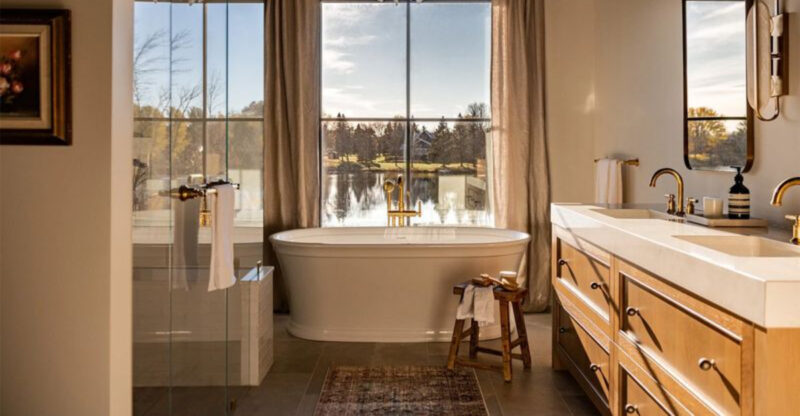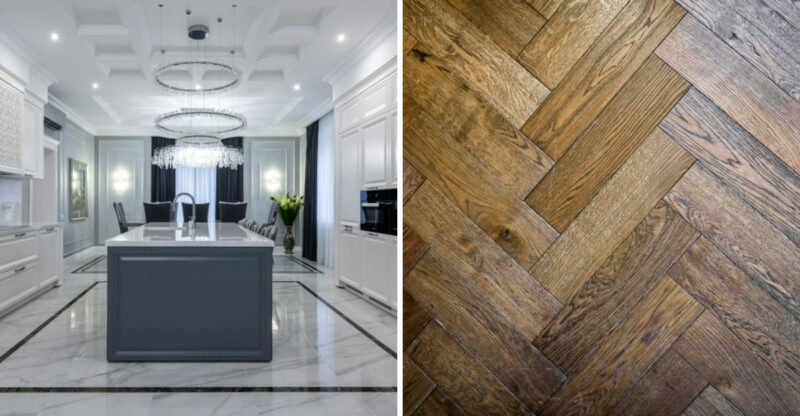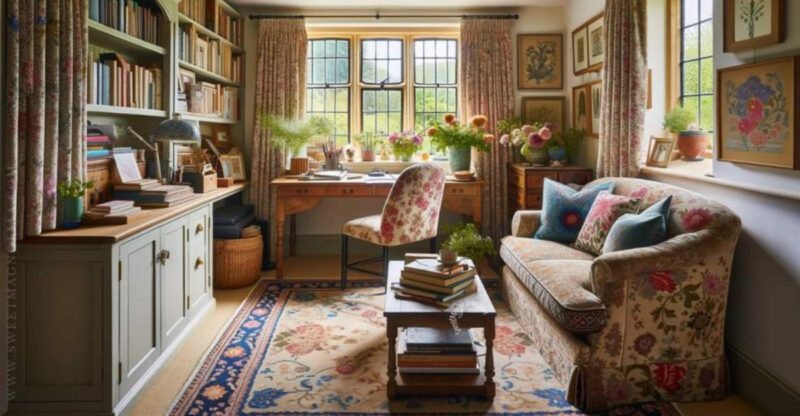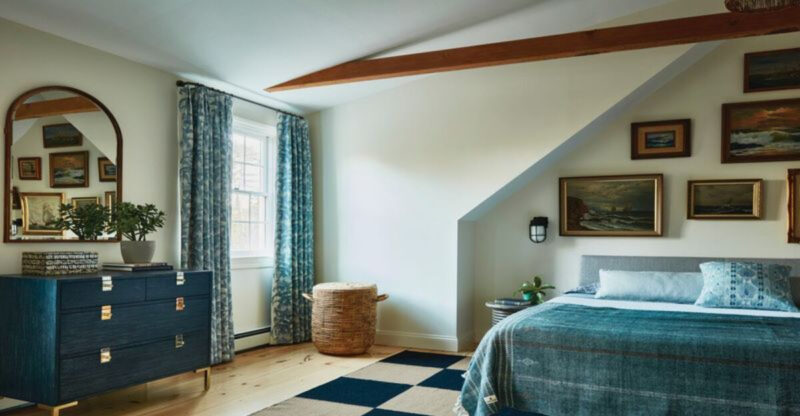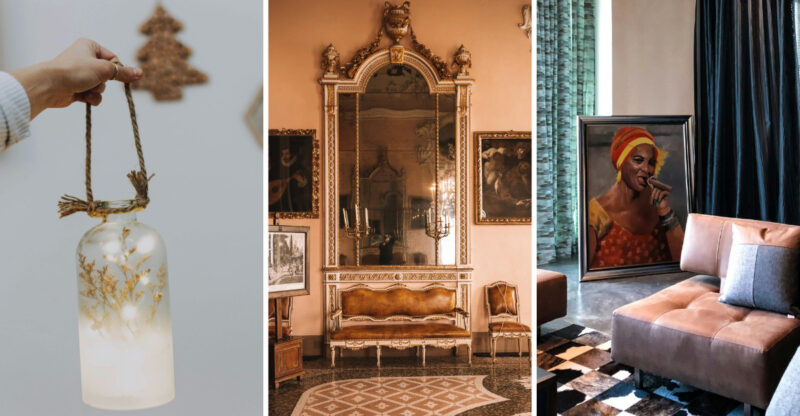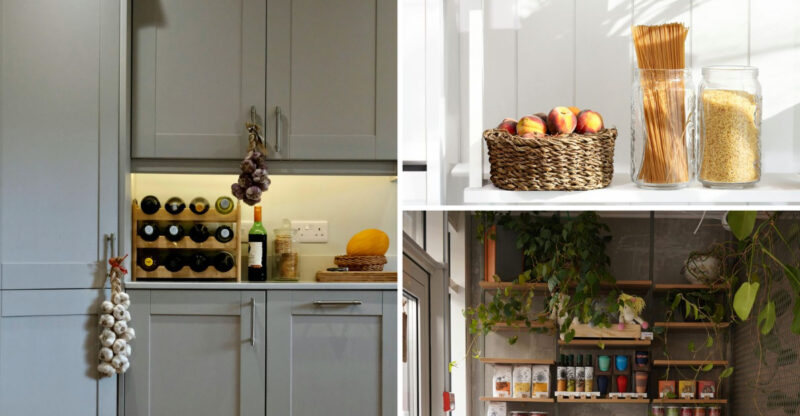Common Living Room Decor Choices That Can Make Your Space Feel Stuffy
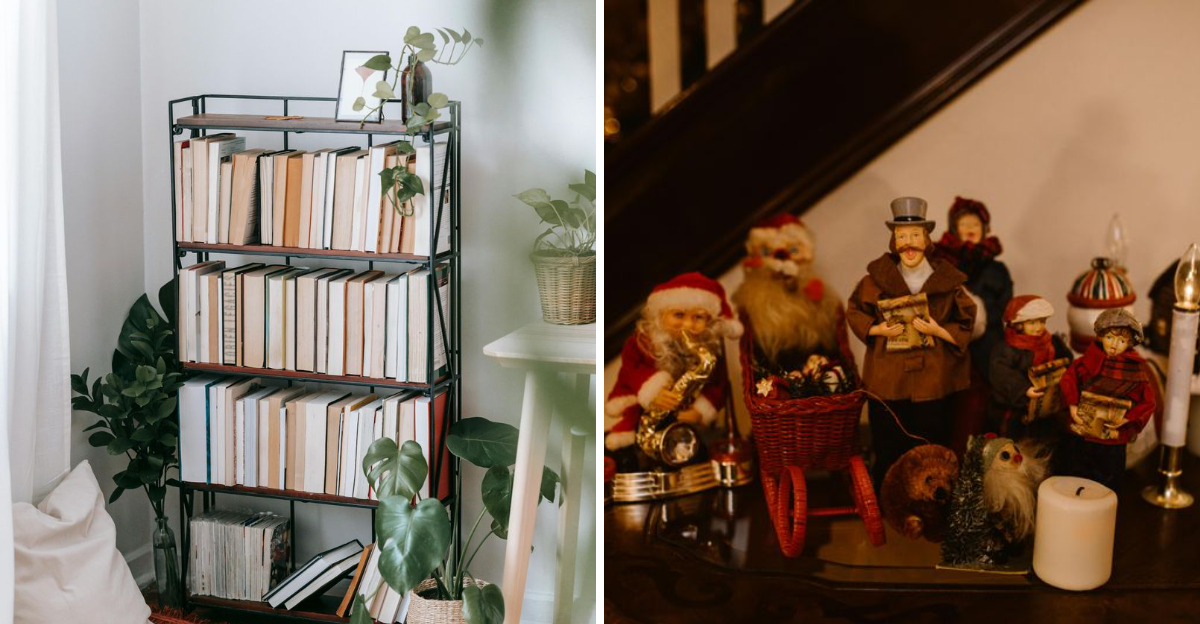
Does your living room ever feel a little cramped or heavy, even when it’s tidy? Sometimes, the way we decorate can unintentionally make a space feel stuffy and less inviting.
Understanding which decor choices contribute to that closed-in feeling can help you create a more open and comfortable environment.
These common living room decor habits might be weighing down your space… Maybe it’s time to refresh them. Design preferences vary, and these tips are meant to offer general guidance for creating a more spacious feel.
1. Hulking Dark Furniture That Swallows Space
If your sofa looks like it could eat your guests, we have a problem. Those massive mahogany pieces might scream luxury in the showroom but transform your living area into a cave once home.
Dark furniture absorbs light rather than reflecting it, creating visual heaviness that weighs down the entire room. Consider swapping at least some pieces for lighter-toned alternatives with exposed legs that allow you to see the floor space underneath.
Remember, bulky doesn’t always mean comfortable. Streamlined furniture can be just as cozy without the space-hogging footprint!
2. Rug Monsters Eating Your Floor Space
Though your heart said ‘statement rug,’ your room is screaming ‘help, I’m drowning!’ Oversized rugs in compact spaces create the illusion of a shrinking floor, especially when they feature busy patterns or dark colors.
The right-sized rug should frame your seating area, not swallow it whole. When a rug extends wall-to-wall without showing any floor border, it’s like wearing pants that are two sizes too small, uncomfortable for everyone involved.
Opt for something that leaves at least 8-12 inches of visible floor around the perimeter to give your room room to breathe.
3. Window Treatments That Block The Light (And Your Joy)
Where did all the sunshine go? Heavy, dark curtains hanging like medieval tapestries might keep out drafts, but they’re also keeping out precious natural light and visual space.
Dark drapes create an oppressive feeling, especially when they puddle dramatically on the floor or feature thick valances that eat into the wall height. Your windows should be celebrated as portals to the outside world, not hidden like shameful secrets.
Swap those light-blockers for simple panels in lighter fabrics, or try Roman shades that fold away neatly when not in use.
4. Sad Lighting That Hides In Corners
Are you living in a perpetual twilight zone? Nothing makes a room feel more depressing than inadequate lighting, especially when it’s limited to a single sad ceiling fixture or lonely table lamp.
Lighting should come from multiple sources at different heights to create depth and dimension. Relying on just one light source creates harsh shadows and dark zones that make your space feel smaller and uninviting.
Aim for at least three light sources per room. Ambient (overall), task (for specific activities), and accent (to highlight features), to create a well-lit, spacious-feeling environment.
5. Furniture Traffic Jams That Block Movement
How do you get to the sofa? With an obstacle course of furniture, apparently! When chairs, tables, and sofas are arranged too closely together, your living room transforms from relaxation zone to navigation challenge.
Furniture needs breathing room to function properly. Without clear pathways of at least 30 inches between pieces, the space feels constricted and uncomfortable, no matter how large it actually is.
Try floating furniture away from walls, eliminating unnecessary pieces, and ensuring there’s a natural flow that doesn’t require gymnastic moves just to cross the room!
6. Overcrowded Bookcases
Imagine a bookcase so full that it’s practically begging for mercy. While an extensive collection can be a testament to one’s love for literature, it can also overwhelm a room. The visual clutter from too many books and knick-knacks can create a sense of chaos, making the space feel stuffy.
Consider curating your collection by displaying only your most cherished books and rotating them seasonally. This not only keeps the room looking fresh but also gives your favorite reads the spotlight they deserve.
Did you know? The first bookcases were known as ‘presses,’ used in medieval monasteries to store sacred texts. Their evolution to become a living room staple shows how our love for books has stood the test of time.
7. Knick-Knack Nightmare On Every Surface
How many figurines can dance on the head of a coffee table? In too many homes, the answer is ‘way too many.’ Small decorative items have a sneaky way of multiplying when we’re not looking.
These tiny accessories create visual noise that makes your brain work overtime just to process the space. Each little trinket demands attention, overwhelming the eye and making the room feel chaotic and smaller than it is.
Try limiting decorative objects to groups of three or five with varying heights, keeping at least 50% of your surfaces gloriously empty!

